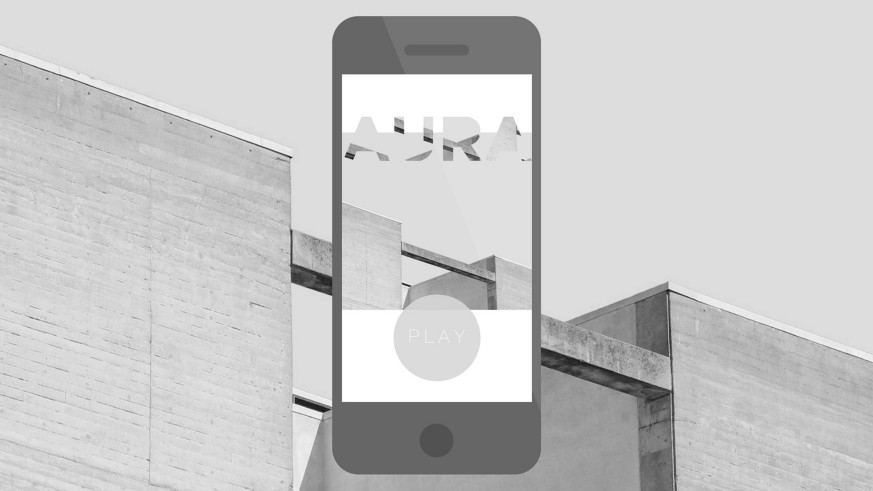This article originally appeared on Medium, as part of the Open Music Initiative.
Let's start with a video:
WHY?
Aura was created for the passive listener; the commuter, the student, the marathon runner, the office worker. We found that these listeners had strong opinions on what music they liked, however they often grew tired of the tried and true playlists they regularly listened to. Yet when these listeners sought out “discovery playlists” or turned to curation services, they often found themselves skipping over song after song, either because they didn’t like it, or it didn’t “fit the mood”. Furthermore, while many used streaming services daily, they didn’t feel it was the best way to support their favorite artists. And with that, Aura was born.
Explain…
When you sign up for Aura, you choose 8 of your favorite artists, or “muses”, whose musical work, or “auras”, you wish to use as a soundtrack. Then, Aura uses your subscription fee to license their catalogues in the form of master recording stems. Aura then uses those musical essences as building blocks to entirely new, yet completely familiar, compositions.
A look at one user’s “Auras”. Here we have Lorde, Punch Brothers, Led Zeppelin, Eric Clapton, Stevie Wonder, Bill Evans, Shanghai Quartet, and Aerosmith.
When you open your Aura application, it will take note of environmental factors, such as weather and time of day, and begin formulating your completely original composition. Aura then live-mixes the available stems together so that it continuously changes as your world changes. If you start running, the composition will fill out, and speed up. If you sit down, the composition will become more calming.
What your Aura interface might look like on a sunny morning.
What your Aura interface might look like on a rainy afternoon.
Aura not only presents an exciting new revenue stream for artists, but also provides invaluable data about what music and artists fans like most, and what their habits and other tastes are. However, in order for Aura to sustain growth, artists will need to attach complete data to their work. And, similarly to other streaming services, in order to ensure that full compensation is awarded to the correct parties, every aspect of rights information will need to be tracked carefully.
Looking Forward
We hope that Aura will continue to develop and grow. While it is currently a passive listening service, we will explore ways to work in more interactive features as well, such as the ability for the user to live-mix their own soundtracks, filtering out sounds and artists as they please. We are also exploring a tiered subscription model that will allow users to have more than 8 auras at a one time for a greater monthly cost.
At present, Aura is more favorable for established artists with large catalogues of work. However, in the future, we hope to find a way to make Aura more friendly for discovering new artists as well. One way we are exploring this is by allowing users to purchase auras of artists suggested to them based on taste.
In order to sustain Aura’s services and pay artists fairly, we will continue to search for interesting ways to fund Aura, without degrading our users’ experience. One feature we are considering is the “pay to replay” option, in which users can purchase and replay any of the unique listening experiences Aura has created for them.








